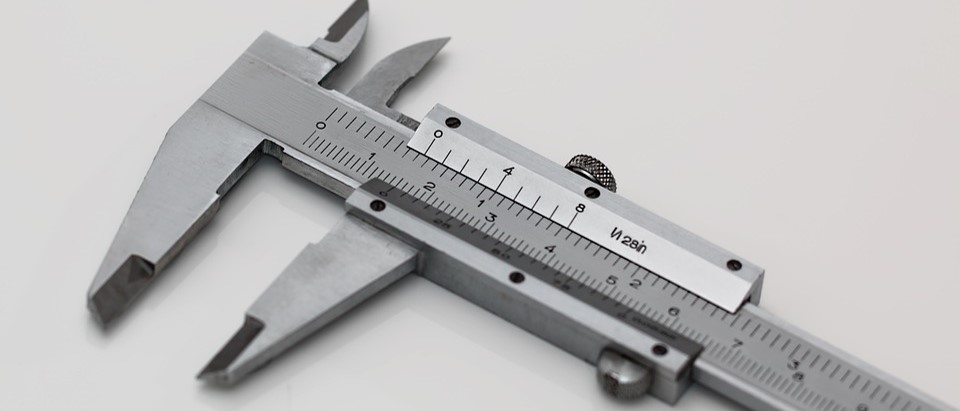“Measure twice, cut once” is a familiar refrain in the manufacturing industry, especially in high-volume production. The adage reflects the security of a job done right the first time due to properly laid groundwork. It also can act as a sort of security blanket, as often engineers and other decision-makers will maintain this risk-averse viewpoint beyond the literal cut-and-measure of materials, trusting only the tried-and-true fabrication techniques they have employed throughout their training and careers.
Silicon Valley, long a hive of innovation and high-tech startups seeking to disrupt and improve the status quo, is no stranger to the need to rethink assumptions. Time and again, we see Silicon Valley startups disrupting industries that have long been considered poor markets for high tech, whether it’s automotive or healthcare.
Disrupting the flow of traditional techniques carries with it an inherent risk: how does one measure twice when the measurements come in a new format? How does one cut once when there’s less cutting and more fusing? The adoption of additive manufacturing (AM)/3D printing into an existing workflow is daunting, requiring financial investment into new machinery, training for new systems, new software suites and design protocols, and the rethinking of operations to accommodate new capacities that can be both complementary to and competitive with existing fabrication workflows.
Why adopt AM
One major benefit of additive manufacturing lies in its capability to reshape the supply chain. Logistics can be complicated in global supply, with pain points in shipping and receiving, warehousing, and the financial and environmental impact of freight. Bringing goods across international borders also poses certain logistical problems, from taxes, tariffs, and complex political situations to certifications and labelling. AM enables the reduction of your physical footprint as well as material, storing, and personnel costs through on-site and on-demand production.
Whether your concern is nationalism or geopolitical conflict, there is great opportunity in controlling your own supply chain. AM is the best way to do that. Printing your own parts is always faster and more dependable than trying to source them in the global market.
These factors will be key to driving the adoption of additive manufacturing across various industries -- including aerospace.
AM is flying high in aerospace, with companies such as Rocket Lab providing viable proofs-of-concept. Rocket Lab’s almost entirely 3D printed engine is one of the most efficient rocket engines to reach space.
Aerospace applications include the production of complex parts made to tight tolerances; recent advances in additive manufacturing technologies are enabling the creation of made-to-spec components with industry-standard materials.
While these benefits are beginning to be well understood in the aerospace industry, until recently the biggest barrier toward adoption of additive manufacturing has been the limitation on printable geometries. New market introductions are overcoming these barriers with tried-and-tested results including the ability to create complex aviation parts well below 45 degrees, printing complex parts with few or no internal supports and little or no post processing, as VELO3D has proven capable of with its new metal 3D printing technology.
The requirement for expertise in designing for and operating additive manufacturing systems also stands as a barrier to entry. Industrial systems typically require thorough understanding of dedicated software suites, specialized material handling routines, and point-of-operation know-how. A natural point of entry to bringing 3D printing into business workflow comes through the use of service bureaus, which remove this pain point altogether, along with the capital investment of purchasing an often-million-dollar-plus system.
Localized production, employment of service bureaus, and enhanced capabilities are coming together to remove the barriers to entry in professional metal 3D printing. With these advanced technologies continuing to find use and growing accessibility, space is open for business as the sky proves not to be the limit for made-to-measure additive manufacturing from VELO3D.




